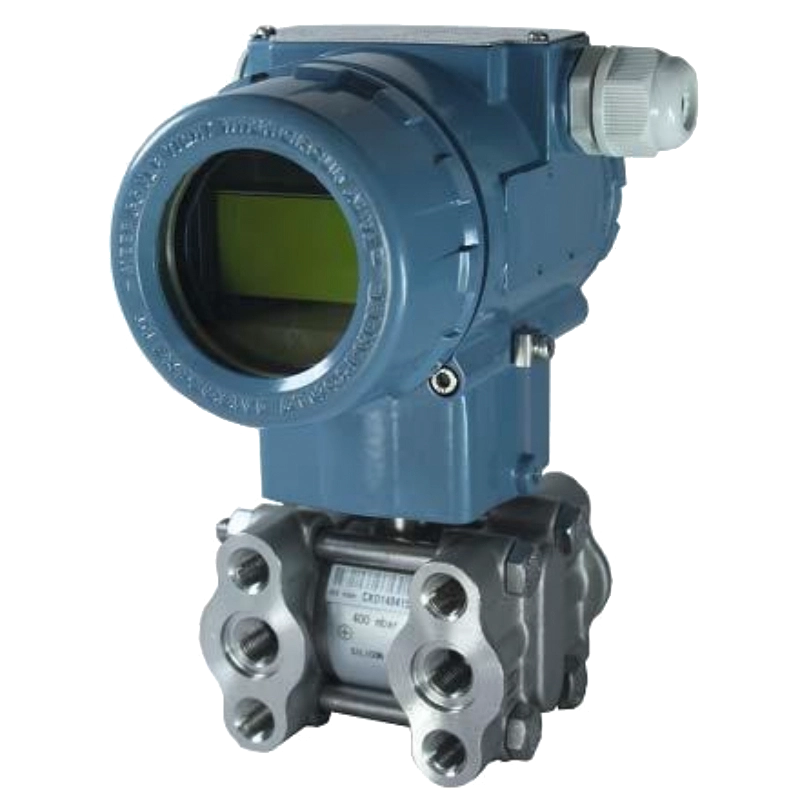Cantilever Beam Sensor Working Principle and Application
Release time: 2025-03-27
The cantilever beam sensor is a widely used sensor for measuring physical quantities such as force, pressure, and displacement. It is known for its simple principle, low cost, and high accuracy, making it extensively used in industries such as manufacturing, aerospace, and automotive. This article will provide a detailed introduction to the cantilever beam sensor working principle and its main applications.
1. Working Principle of the Cantilever Beam Sensor
The core principle of the cantilever beam sensor is based on the mechanical properties of a cantilever beam. A cantilever beam is one that is fixed at one end while the other end is free. When an external force is applied to the free end, the beam bends. According to the principles of elasticity, the amount of bending of the beam is proportional to the applied external force.
Cantilever beam sensors typically install strain gauges (such as resistive strain gauges) on the surface of the beam or other suitable locations. When the beam bends, the strain gauge detects the small deformation on the surface of the beam and converts this deformation into an electrical signal. This signal is related to the magnitude of the external force and can be processed by electronic instruments to calculate the force applied.
2. Main Components of the Cantilever Beam Sensor
A cantilever beam sensor generally consists of the following components:
- Cantilever Beam: This is the core part of the sensor, responsible for bearing the external force and undergoing deformation.
- Strain Gauge: Used to sense the deformation of the cantilever beam. Common types of strain gauges include resistive strain gauges and fiber optic strain gauges.
- Signal Processing Circuit: This circuit amplifies the weak electrical signal from the strain gauge and converts it into a measurable quantity.
3. Applications of the Cantilever Beam Sensor
Due to its simple structure, low cost, and ability to achieve high-precision measurements, the cantilever beam sensor has been widely applied across various fields. Here are several typical applications:
Pressure Sensor
The cantilever beam sensor can be used as a pressure sensor, widely employed in detecting the pressure of gases or liquids. When pressure is applied to the free end of the cantilever beam, it causes the beam to bend. Coupled with a strain gauge, the pressure magnitude can be measured. Pressure sensors are commonly used in hydraulic systems, pneumatic systems, automotive, and medical equipment.
Force Sensor
Cantilever beam sensors can also be used to measure force. By combining the cantilever beam with a load, the force applied to the beam can be accurately measured. In industrial manufacturing, force sensors are used to measure weight, tension, and other forces. In laboratories and research, they are also used to study the mechanical behavior under various conditions.
Weighing Sensor
Cantilever beam sensors are widely used in weighing systems. With precise design, a cantilever beam can detect the weight of an object and provide very accurate weight values. These sensors are commonly used in commercial electronic scales, industrial weighing systems, and even in weight measurement in aerospace applications.
Accelerometer
Cantilever beam sensors can also be used as accelerometers. In this application, the cantilever beam is typically combined with a mass block. As the acceleration changes, the inertial force of the mass block causes the cantilever beam to bend. By measuring the deformation of the beam, the acceleration can be inferred. These sensors are commonly used in automotive, spacecraft, and electronic devices.
Automotive Industry Applications
In the automotive industry, cantilever beam sensors play an important role. They can be used in crash testing, seat pressure monitoring, brake system force measurement, and other areas. Cantilever beam sensors provide fast and accurate force or pressure data, helping to improve vehicle safety and comfort.
4. Advantages of Cantilever Beam Sensors
- High Precision: Cantilever beam sensors are highly precise and can detect minute deformations, providing accurate measurement results.
- Simple Structure: Compared to other types of sensors, cantilever beam sensors have a relatively simple structure, low manufacturing costs, and are easy to mass-produce.
- Wide Application: Due to their broad adaptability, cantilever beam sensors can be used not only in conventional industries but also in high-end fields such as aerospace and automotive.
- Strong Stability: Cantilever beam sensors exhibit strong stability during long-term use, can withstand significant changes in the environment, and are not easily damaged.
Cantilever beam sensors, with their simple working principle, low cost, and high-precision measurement capability, have found extensive applications in various fields. Whether it is for measuring pressure, force, weight, or acceleration, cantilever beam sensors play a crucial role. With continuous technological advancement, the application prospects of cantilever beam sensors will become even broader, offering more efficient and precise measurement solutions for various industries.
SUNMOON SM18 series cantilever beam sensor utilizes advanced American technology to ensure high measurement accuracy and dynamic performance. It offers excellent overload capacity, uniform stress distribution, and resistance to lateral forces and position changes. Suitable for various scales, including forklift, platform, and bunker scales, it features high sensitivity, reliability, and stability. With a movable head structure, it’s compact, easy to install, and operates under harsh conditions with dustproof, moisture-proof, and corrosion-resistant seals. The sensor has a load range of 0-5 t, high precision (0.05% F.S.), and operates in temperatures from -40°C to +85°C. It’s made from high-performance alloy steel or stainless steel with IP68 protection.






 />
/> />
/>